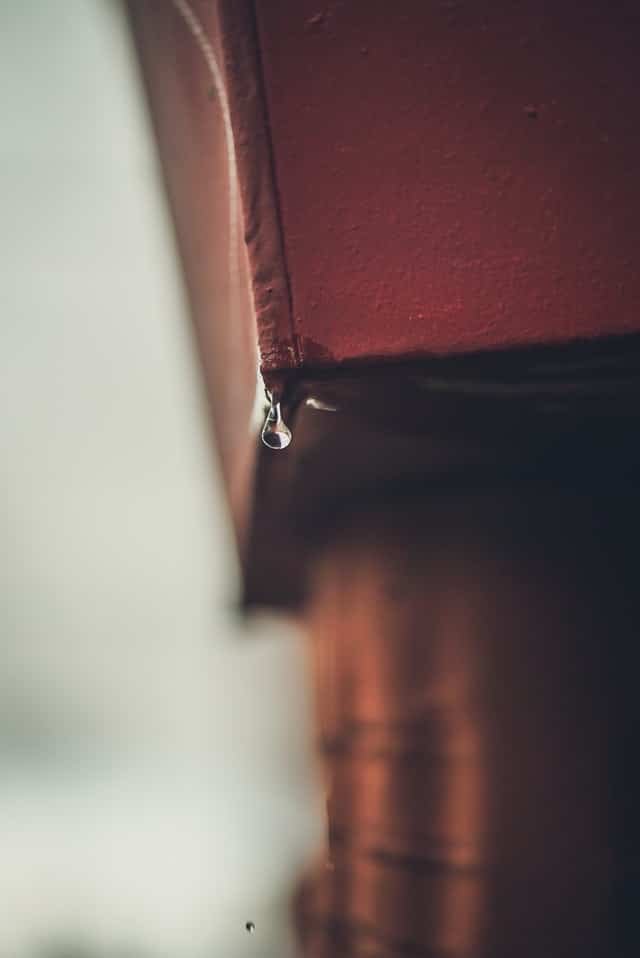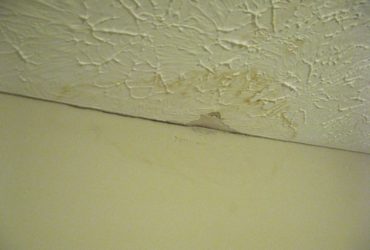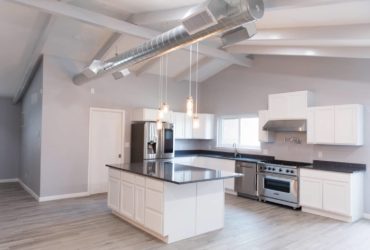No matter how well you think you’ve prepared, the truth is that sometimes you just can’t be ready for certain things. Indoor floods are one of those hard realities. Even when you think your plumbing is tough to the core, or that you’ve flood proofed your house in preparation for natural disasters, they can still happen.
In fact, in a world of uncertainties amidst the bodies of water all around us (through our pipes, in the clouds, or in the sink holes right beneath our feet), water damage by flooding is far more common than you may think. How common, you ask? Well, enough that almost 40 percent of home owners in the U.S. claim to have dealt with water damage losses at some point in their lives. What’s more? More than 14 thousand people are effected by some sort of water damage in the U.S. EACH day! And to top it all off, 98 percent of basements have faced some form of water damage in their lifespan. Interesting, right?

We bet you never thought of it so deeply. These numbers are staggering and yet we think modern structures and new developments can’t be affected. The truth is, while some forms of flooding can be avoided in newer developments, it is almost impossible to make your home or business leak-proof. Knowing that, what do you do to prepare yourself, and more importantly, how should you act if you find yourself in a wet mess?
To start, know that it can happen to anyone. Preparation is key and mentally being prepared to tackle the problem when (not if) it arises will keep you two steps ahead. It is also worth noting what your home/business insurance covers so that there are no surprises down the road. While flooding due to structural deficiencies is usually covered, weather and environmental incidentals are often left to the imagination. You should know the weather and climatic trends of the region your home or business is situated in, and ensure that your insurance considers and covers for common occurrences.
Now that you have mental preparation checked, what do you do when you come home or go to work to find your place flooded? Below are a list of things to do, and some to avoid.
1: Tread with Caution
Opening the doors to find a flood can be devastating. Your first instinct might be to rush in and inspect what’s happening, but you want to hold off on that. In the event that there is a few inches of water in the room or floor, the first thing you want to do is ensure that there isn’t electricity running through the water. Water is a conductor of electricity, so if there is a short-circuiting device that is still plugged in to enough voltage, stepping on it may be lethal. This is especially a hazard in workplaces. Tread with caution, and inspect for any high-voltage electronics or broken wires on the floor. Only go ahead when you don’t see any danger. If you are unsure, call an expert right away.
2: Unplug
Once you feel confident to enter, unplug all electronics from their outlets. Damage to your electronics is more likely to occur if water reaches the outlets with the plugs still inside. Often these damages can be irreversible or repairs can be costly. Most damages can be avoided if unplugged in time. If you find that water has seeped into the devices themselves, wait a few days before plugging them back on. You want to ensure that all water and moisture inside of them have dried, which may help to preserve the devices. Plugging in wet electronics can create short circuits which can damage the device permanently or cause harm to you. Or both.
3: Find the source
If there has been torrential rain or hurricane on the rise for the past few days, then coming into a flooded place may not be such a surprise. You’d most likely expected it. However, a burst pipe or leakage due to another plumbing issue may not arrive so announced. In the latter scenario, you may be tempted to find the source. One way to accomplish this is by looking for drips on the walls. If the leakage happened high enough, the water would have had to trickle down from that point. Alternatively, if an external pipe is the issue (such as the ones under your sinks), you will most likely be able to see it right away. In many instances, finding the source can be very difficult and an expert should be consulted as soon as possible.
4: Stop the bleeding if you can
If the source is something you can temporarily stop, such as a pipe under your kitchen sink that has burst, then try to do so. For a slow dripping leakage, placing a bucket might be an easy solution. If the leakage is big, try wrapping it with old rags and tying with a rope for a very temporary slow-down until you sort out a solution.
5: Call an expert
Floods are annoying, but the longer they keep going, the more damage they can cause. In fact, damages to your flooring and heating systems can occur almost immediately, depending on the size of the problem. It is important to get all of the water out and to do that, you need to know how and from where. Leaving any water or moisture behind will not only cause damages now but will continue to create bigger issues down the road – such as molding and foundational problems. Calling an expert who knows what they are doing and has plenty of experience will make the difference between dealing with the situation once and for all, or having the problem linger around like a bad sore.
At Milliken Construction & Restoration, we are the El Paso, TX water removal experts. With years of experience and hundreds of happy customers, our work leaves lasting solutions that do not need to be revisited. We can’t assure it won’t happen again, but we can make sure that the waters that are bothering you this time won’t be left behind in any remnants. Whether you live in New Mexico or Texas, to schedule water removal or water damage repair services, call us at (915) 544-0371 or contact us online today!



